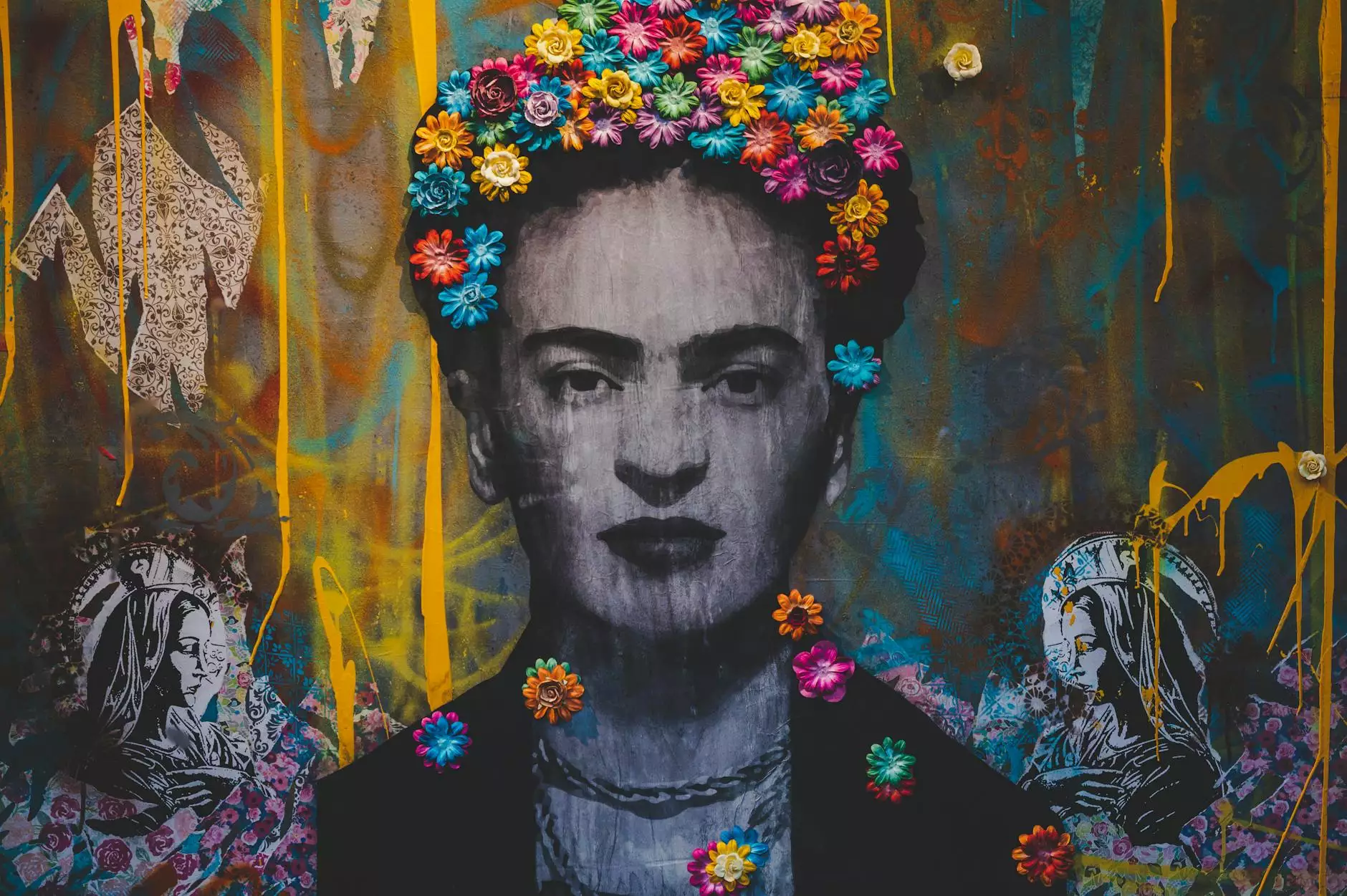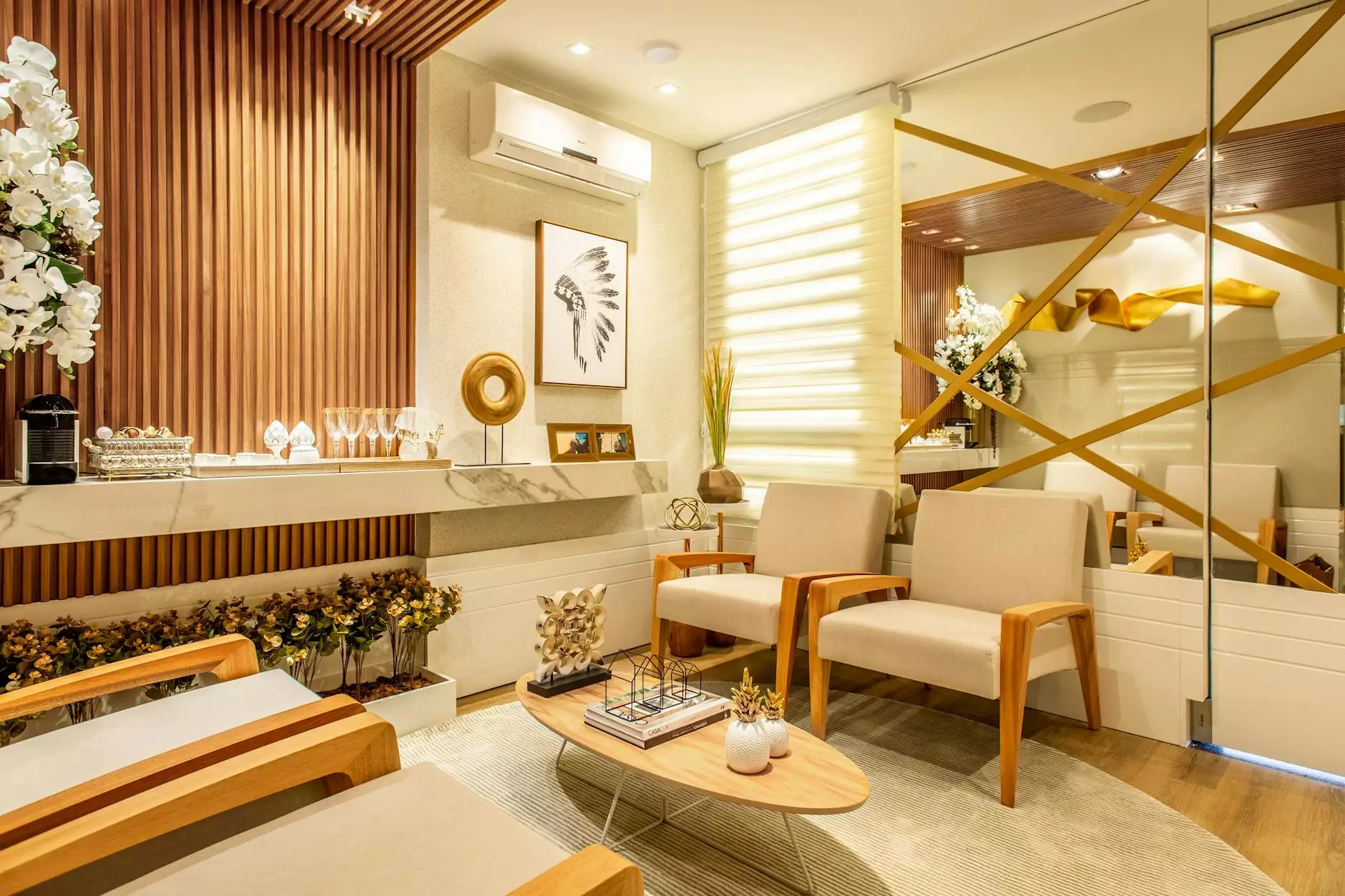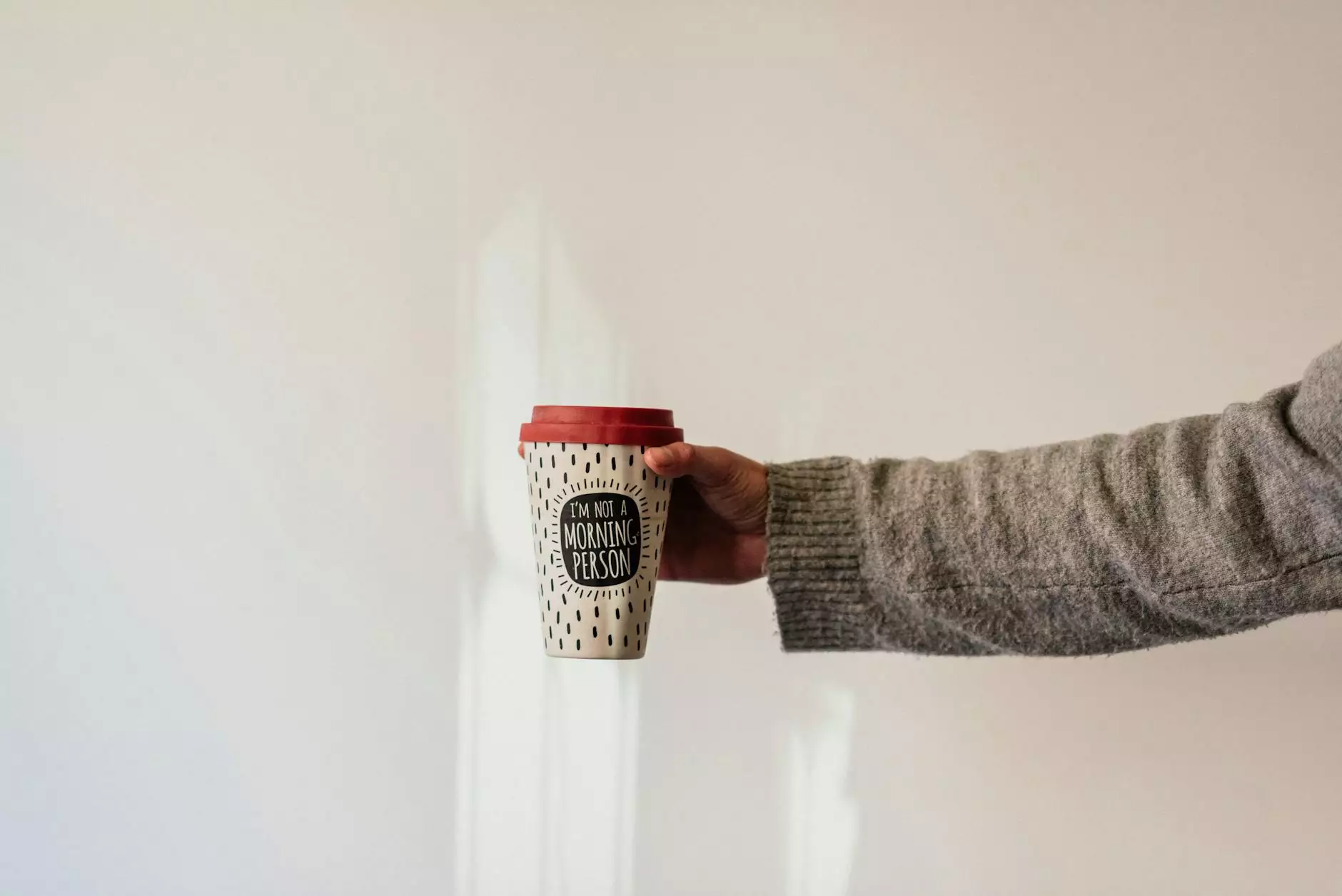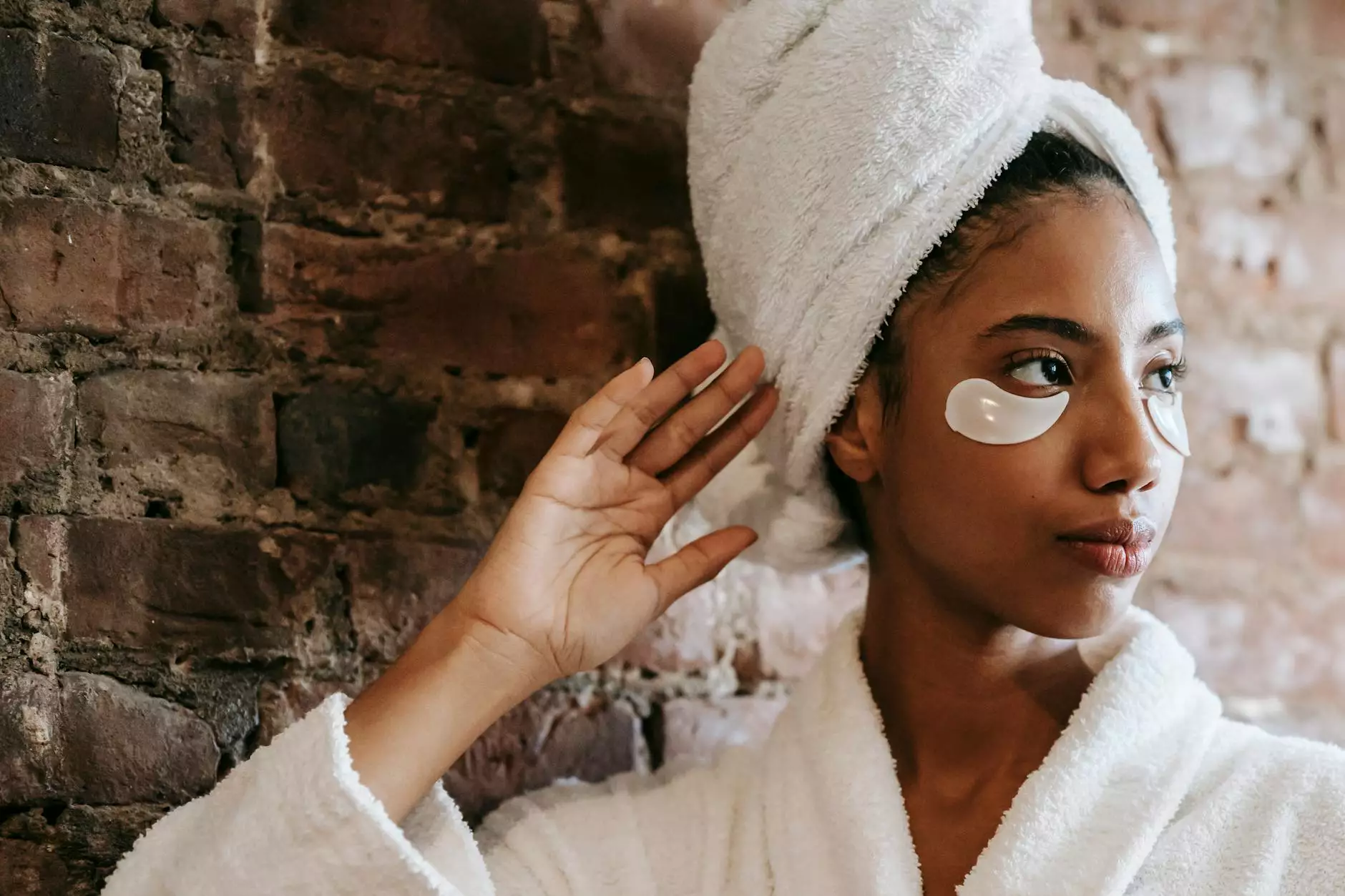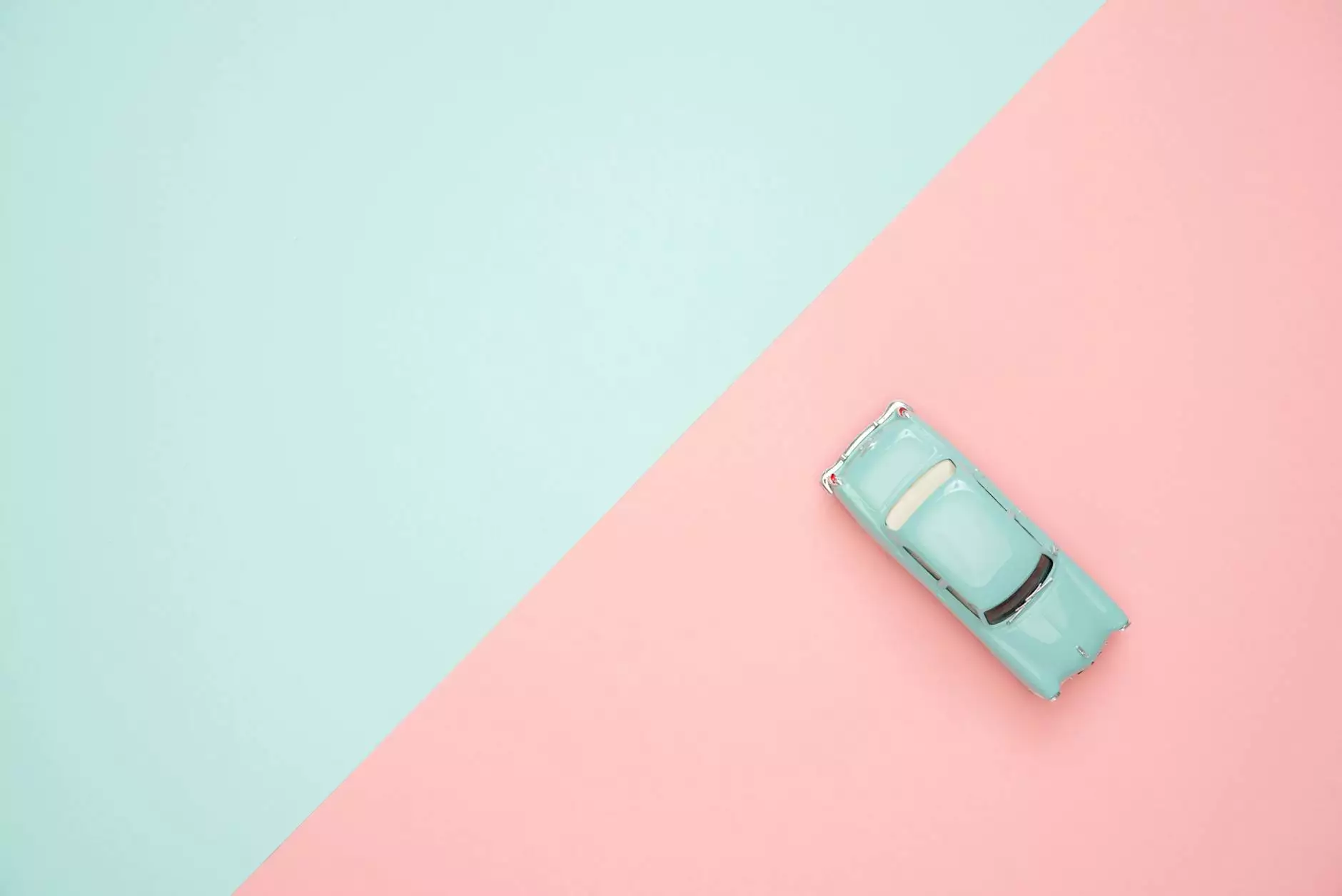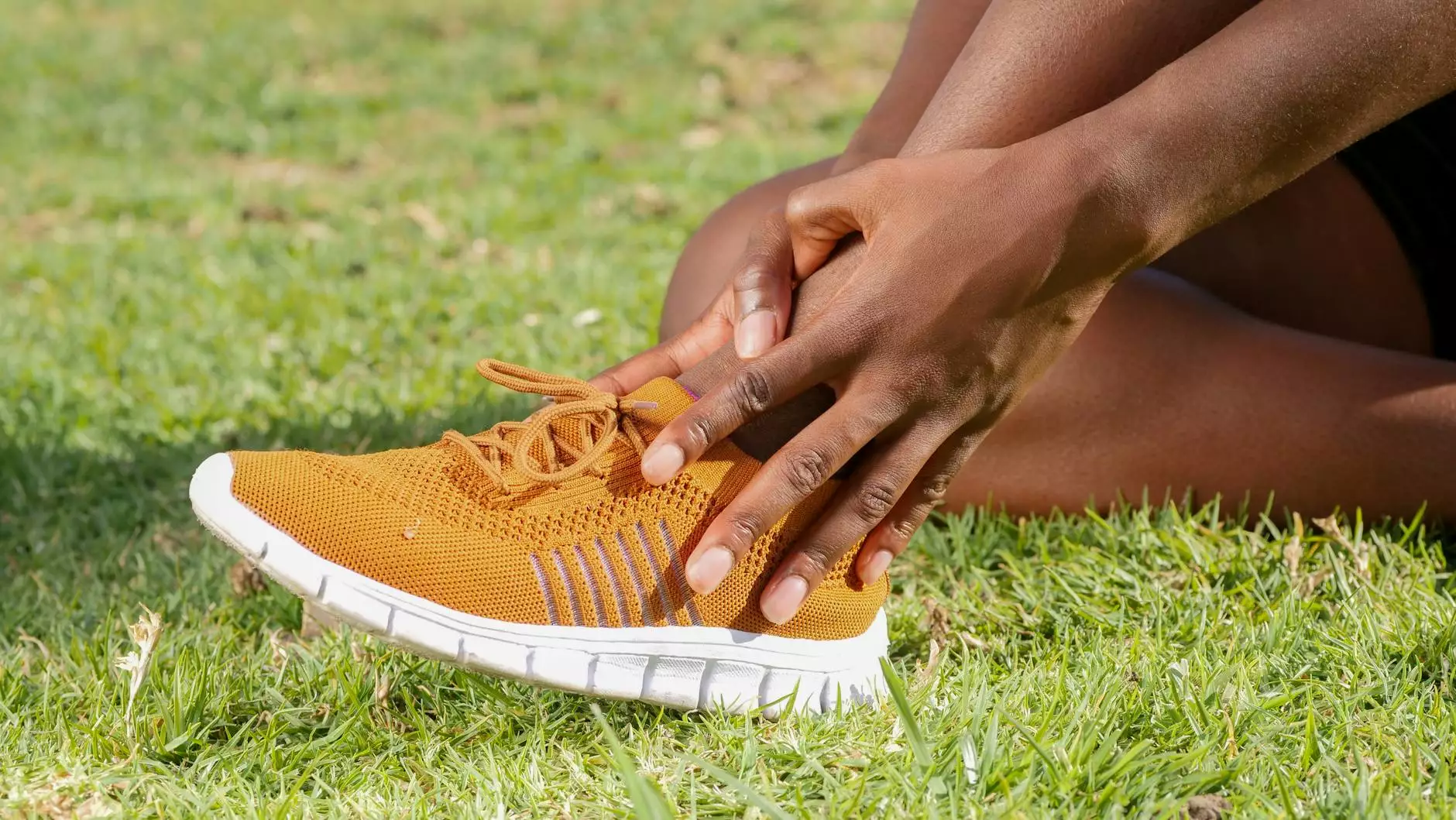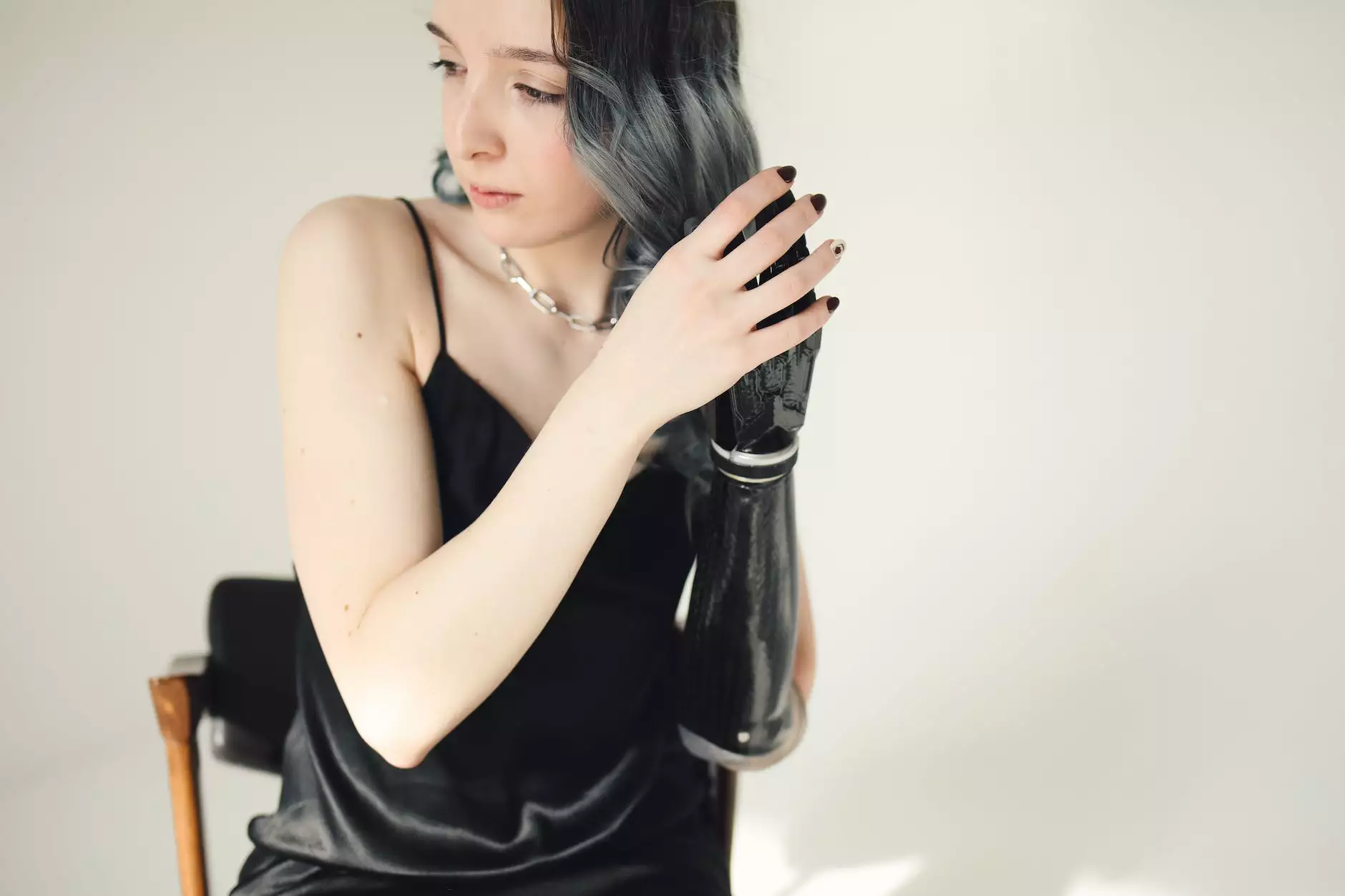Understanding Lordosis - Swayback / Curved Spine
Blog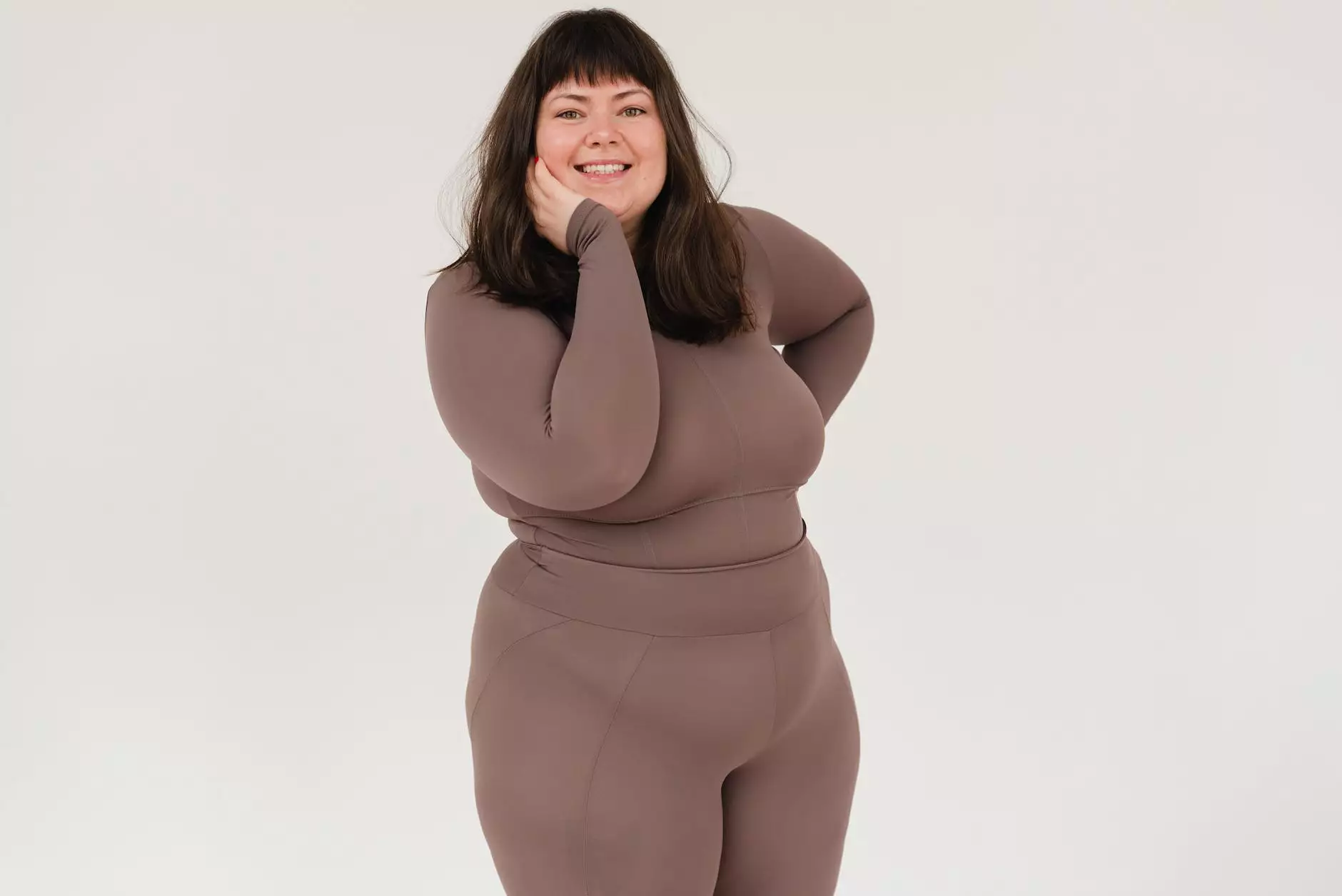
Thank you for visiting Regency Square Care Center, your trusted source of geriatric and aging care information. In this article, we will delve into the topic of Lordosis, a condition commonly referred to as swayback or curved spine. Our team of experts aims to provide you with a comprehensive understanding of this condition, its causes, symptoms, and potential treatment options.
What is Lordosis?
Lordosis is a condition characterized by an excessive inward curvature of the spine, resulting in an exaggerated arch in the lower back. This condition can affect individuals of all ages, but it is commonly observed in older adults due to factors such as age-related degenerative changes, muscle imbalances, and weakened support structures.
Causes of Lordosis
There are several potential causes of Lordosis, including:
- Obesity: Excess weight can place additional stress on the spine, leading to abnormal curvature.
- Poor posture: Prolonged periods of improper sitting or standing can contribute to the development of Lordosis.
- Muscle imbalances: Weak abdominal muscles and tight hip flexors can disrupt the natural alignment of the spine.
- Spinal abnormalities: Some individuals may have congenital conditions or spinal deformities that contribute to Lordosis.
- Injury: Trauma or injury to the spine can result in abnormal curvature.
Symptoms of Lordosis
The symptoms of Lordosis can vary depending on the severity of the condition, but common signs include:
- A pronounced curve in the lower back.
- Buttocks that appear more prominent or stick out.
- Back pain or discomfort, particularly in the lower back.
- Difficulties with balance and mobility.
- Changes in gait or walking pattern.
Treatment Options
At Regency Square Care Center, we understand the importance of personalized care and tailored treatment plans. Our dedicated team of healthcare professionals will work closely with you to relieve symptoms, improve functionality, and enhance your overall quality of life. Treatment options for Lordosis may include:
- Physical therapy: Targeted exercises and stretches can help strengthen muscles, improve posture, and alleviate discomfort.
- Medications: Non-steroidal anti-inflammatory drugs (NSAIDs) or muscle relaxants may be prescribed to manage pain and inflammation.
- Bracing: In some cases, a brace or supportive device may be recommended to stabilize the spine and promote proper alignment.
- Surgical intervention: In severe or refractory cases, surgical procedures may be considered to correct the curvature and alleviate symptoms.
Preventing Lordosis
While certain factors contributing to Lordosis may be beyond our control, there are steps you can take to minimize the risk of developing or worsening this condition. Here are some preventative measures:
- Maintain a healthy weight to reduce stress on the spine.
- Practice good posture during daily activities, such as sitting, standing, and lifting.
- Engage in regular exercise to strengthen core muscles and promote spinal stability.
- Use ergonomic furniture and equipment that supports proper alignment.
- Seek medical attention for any injuries or persistent back pain.
Contact Regency Square Care Center Today!
If you or a loved one are experiencing symptoms of Lordosis or have concerns about geriatric and aging care, we are here to help. Contact Regency Square Care Center today to schedule a consultation with our experienced healthcare professionals. We are committed to providing compassionate care and tailored solutions to enhance your well-being.

